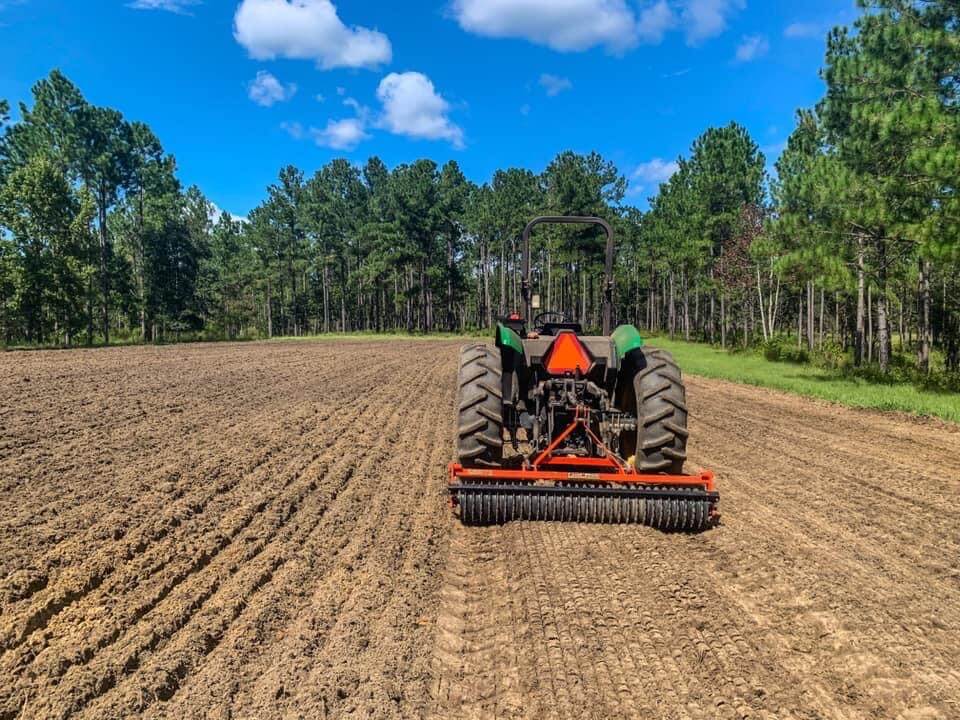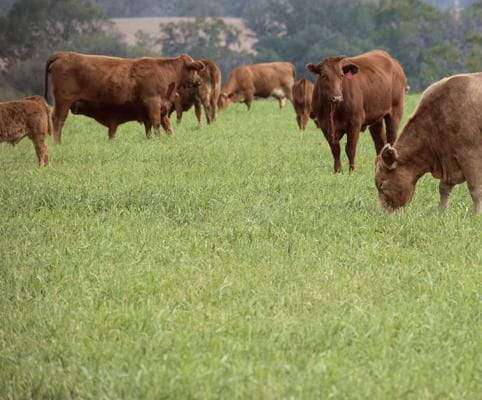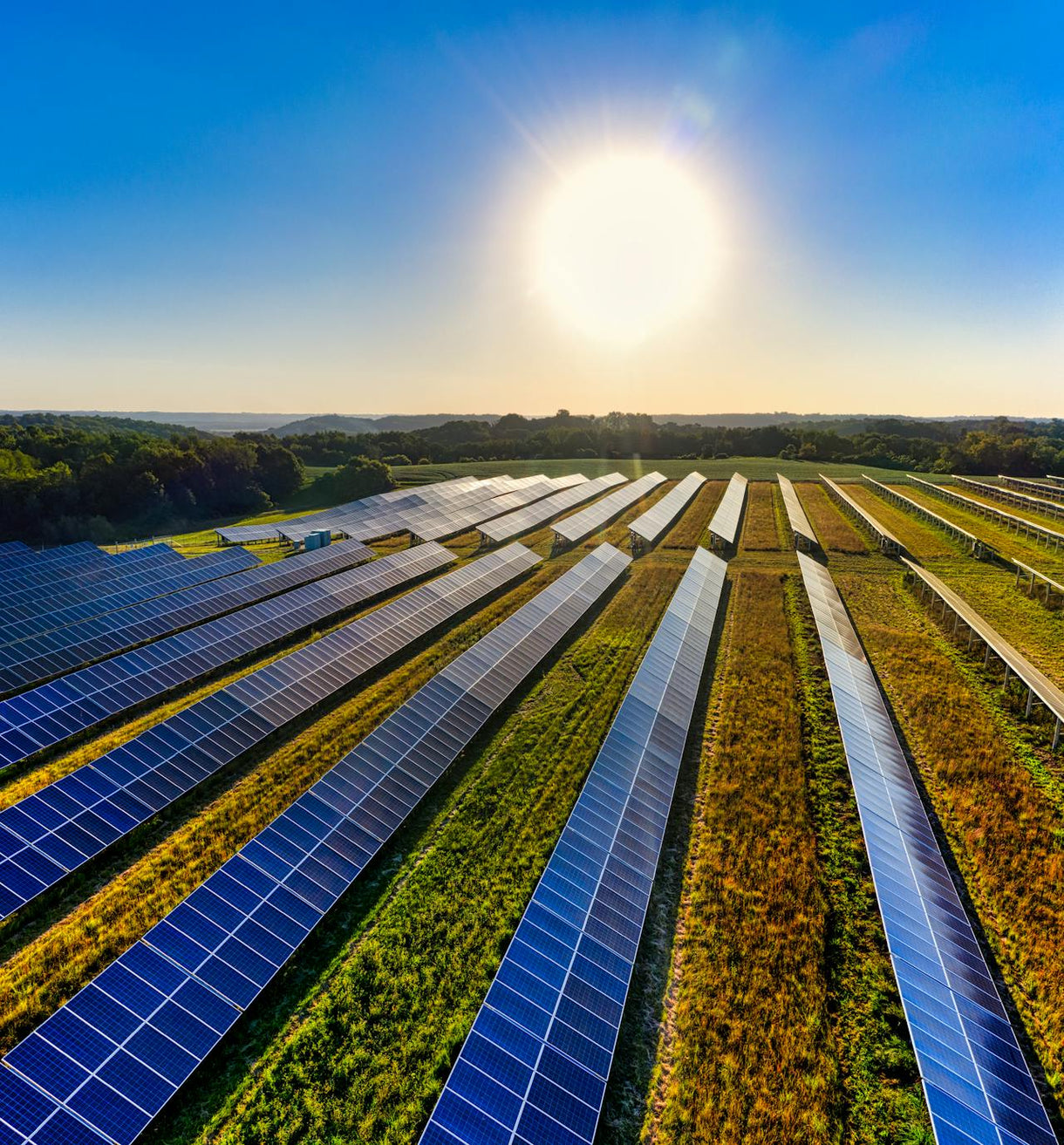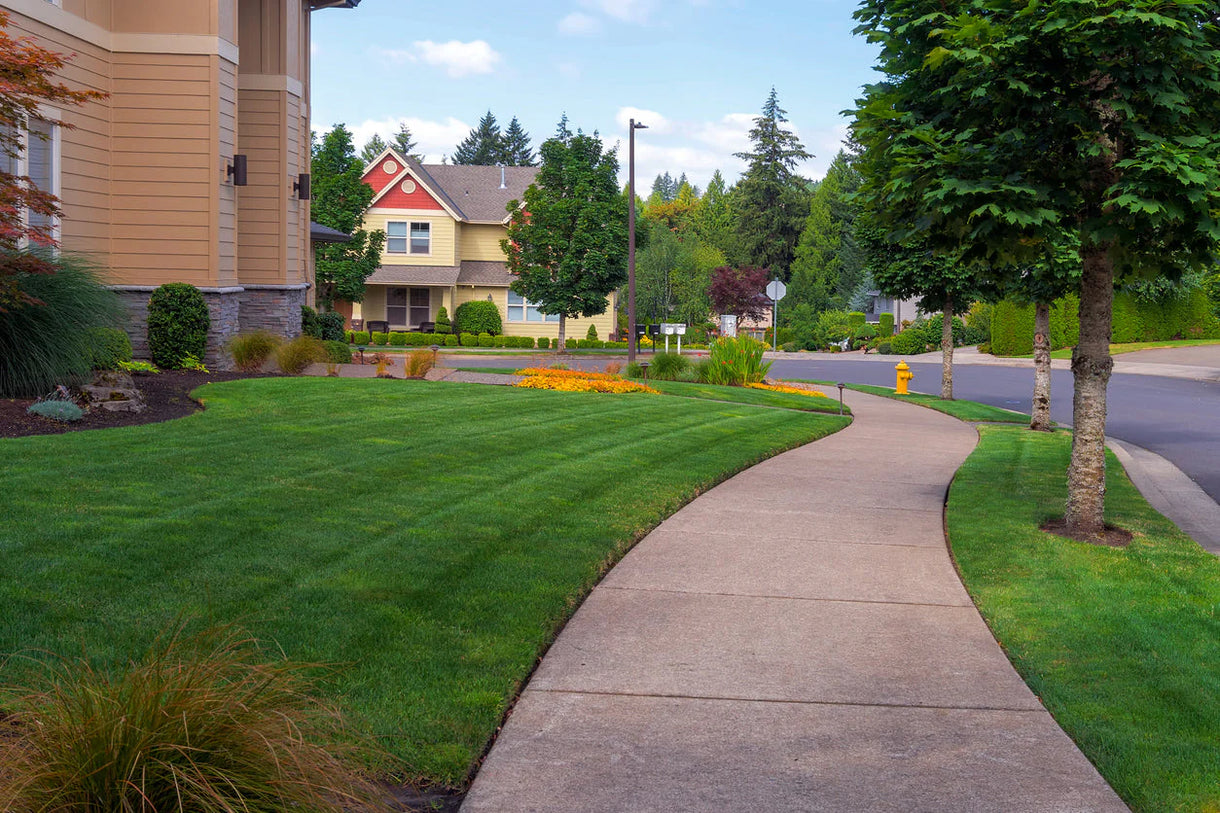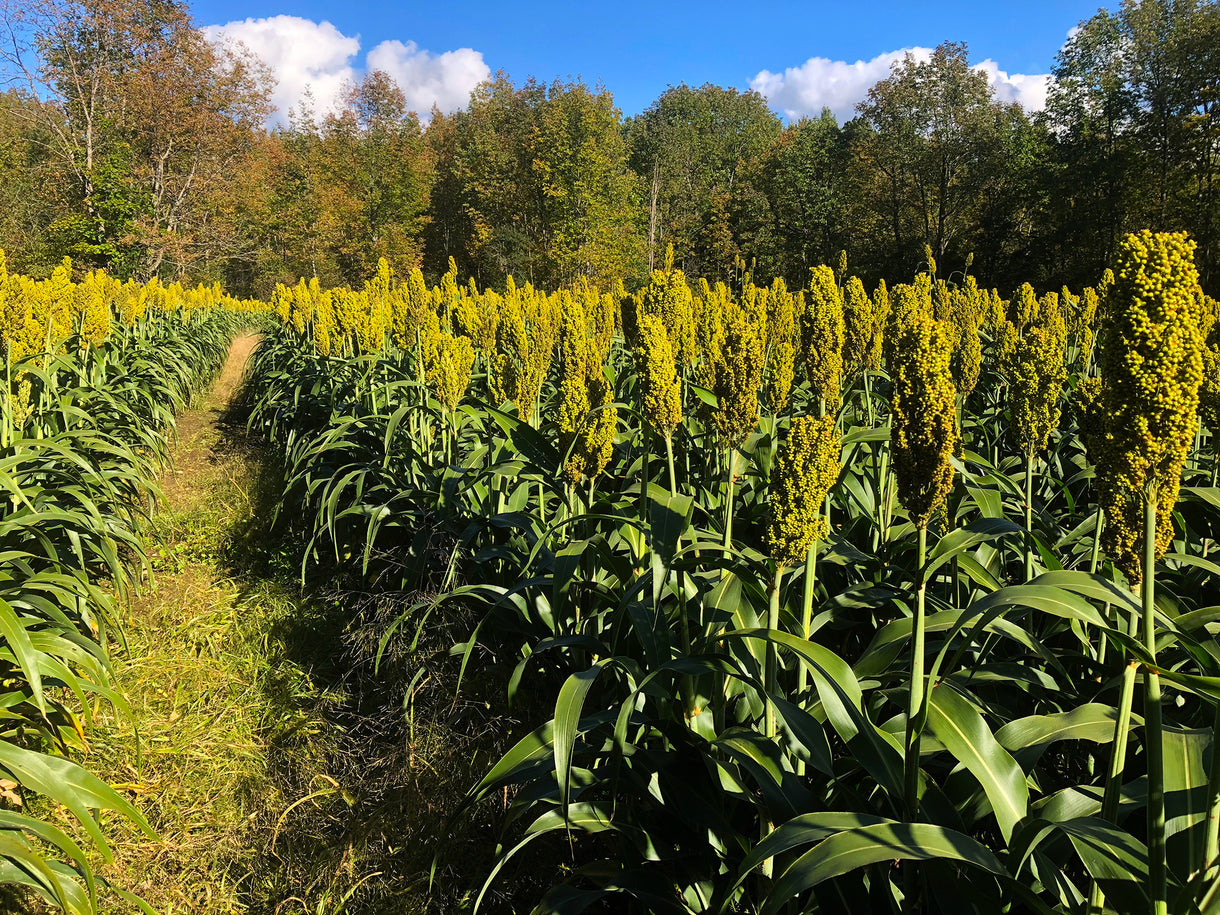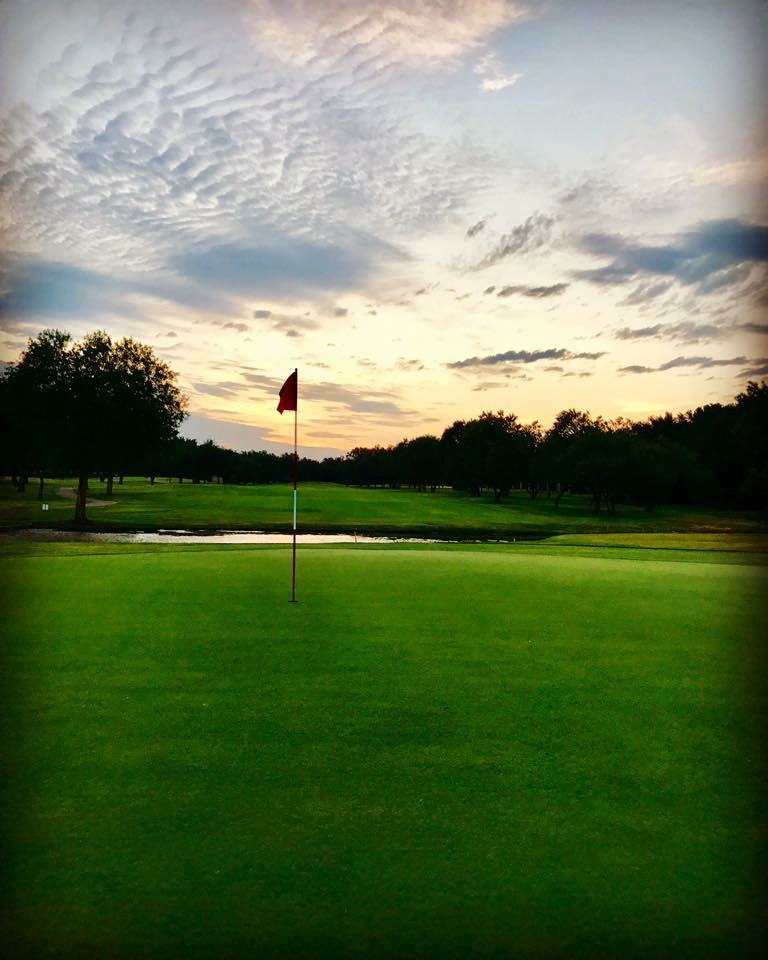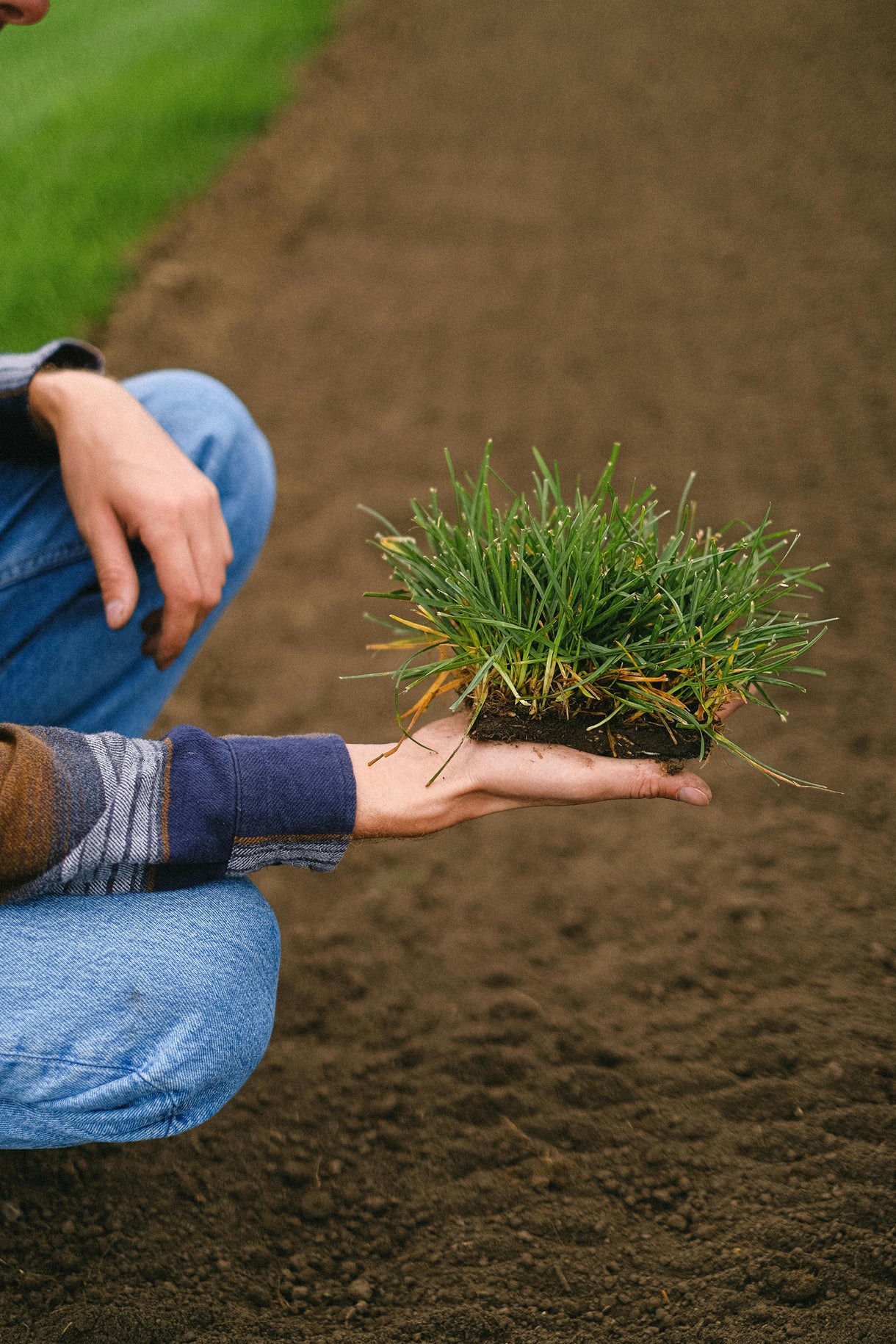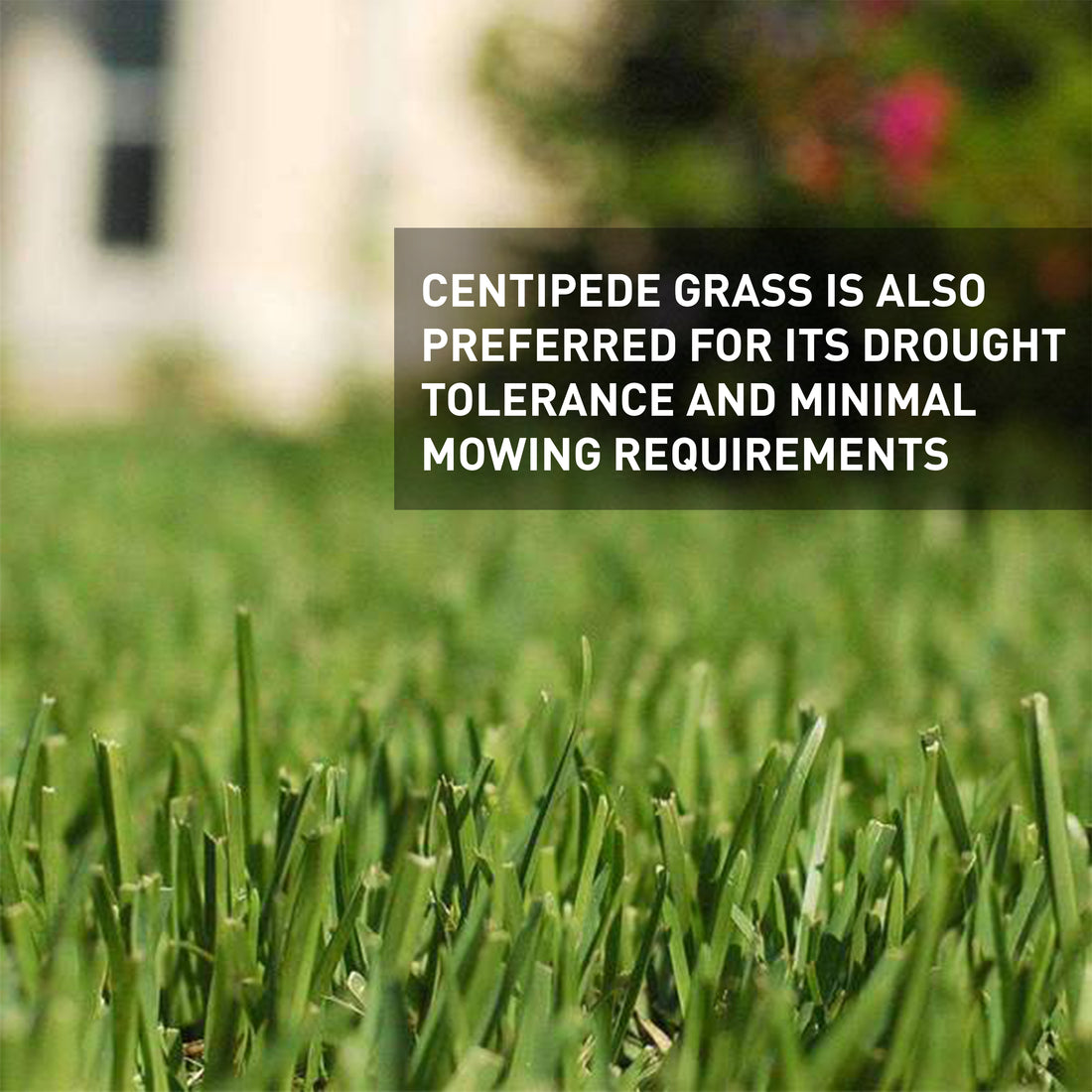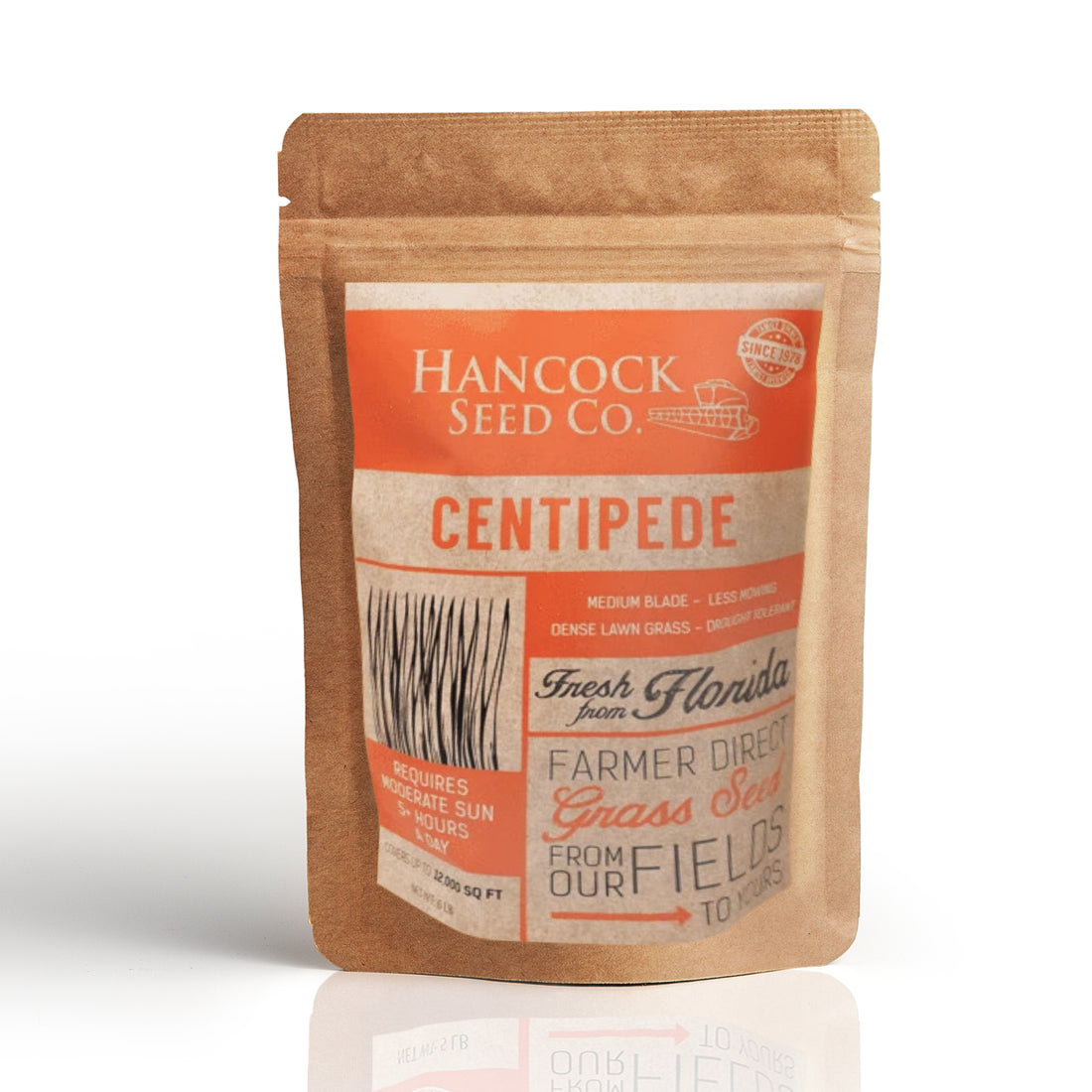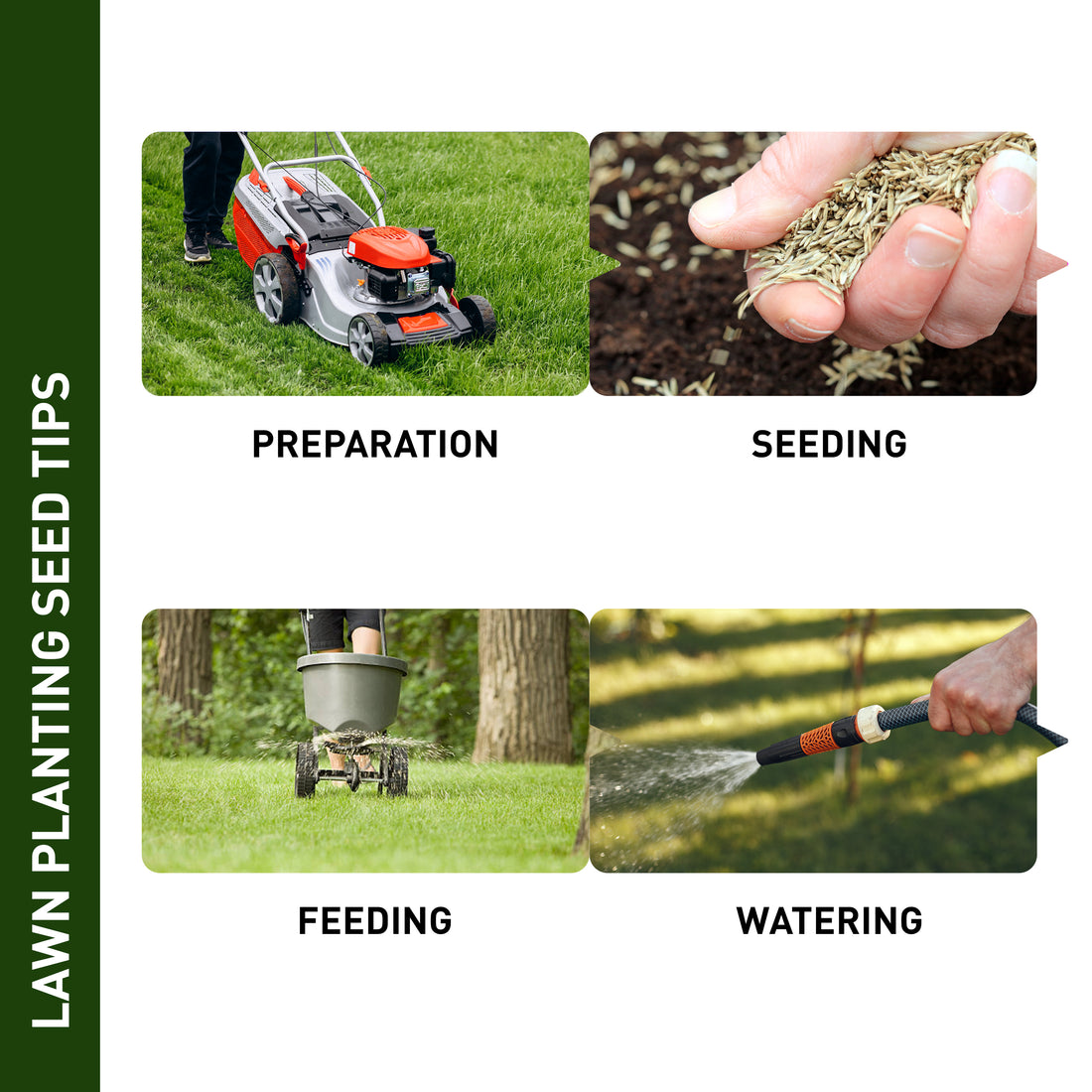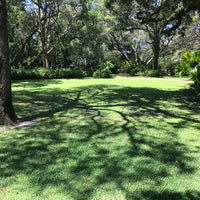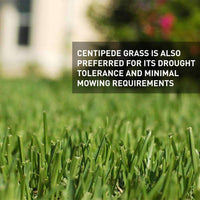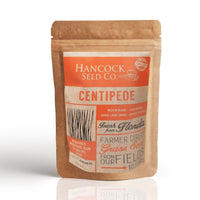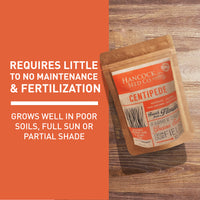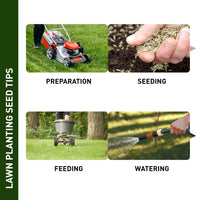Popular Products
Popular Products

Seed Quality
Hancock Seed is dedicated to delivering the best seeds possible to our customers. Hancock Seed grows and harvests many of our products, and we acquire the majority of the rest from other family farmers.
All these seeds are processed, packaged and shipped from Hancock Farm. This helps us ensure that our high standards are met. Unlike much of the competition, we refuse to sell you a seed that was not gathered during the last harvest. You will always receive fresh product from Hancock.
Every seed we grow comes with 40 years of experience behind it...you can rest assured that all of our products are cultivated in a method that assures its potential for growth.

Your cart ( 0 )
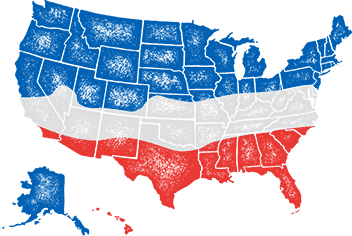
Hancock's Centipede Grass is a low-maintenance, low growing, crawling lawn grass with medium leaf texture and pale green color. Centipede lawn grass varieties require little to no chemical treatments, growing well in poor soils, full sun or partial shade with little or low maintenance or fertilization. Centipede grass is also preferred for its drought tolerance and little mowing requirements.
Product Information
- Application or Use: Lawn & Turf
- Germination Time: 21 - 30 days, under optimal conditions
- Growing Locations: Warm Season Zone, Transition Zone
- Height: 1.5 - 2 inches
- Sunlight Requirements: 6+ hours, full sun for best results
- Advantages: Tolerance to poor soils and drought conditions, suitable for both full sun/partial shade
- When to Plant: Recommended planting time is spring and summer when nighttime temperatures are consistently 65+ degrees and 3 months prior to first frost.
Centipede Grass (Eremochloa ophiuroides) was introduced into the United States from seed found in the baggage of Frank Meyer, a USDA plant explorer who disappeared on his fourth trip to China in 1916. It was initially used for low-maintenance cemeteries and eventually for lawns, during and after the Great Depression, and is sometimes referred to as "lazy man's grass," or "poor man's grass."
*Centipede coated has 50% Aquacoat and is treated with Apron XL Fungicide.*
Adaptation
Hancock's Coated Centipede Grass Seed is very popular for home lawns in the Southeastern United States, including Florida, Georgia, Alabama, Mississippi, Georgia, South Carolina, Louisiana, and Arkansas.
Coated Seed vs Raw Seed
Coated seed contains a clay-based surrounding shell that increases moisture retention and helps to reduce insect or fowl consumption. Coated seed contains approximately 50% coating weight, or inert weight, per pound of seed. Coated Centipede Seed is also easier to see after it is applied. Raw seed features no fillers, coatings, or treatments.
Rave Reviews
It's no secret why Hancock's Coated Centipede Seed is so popular. The answer is "because it works"! Here are a few of our favorite reviews from clients who have planted Hancock's Coated Centipede Seed:
"This is the best grass seed I have ever planted!" says SJ Charles. "It is very hardy here in Georgia. It popped up quickly, and is a very pretty green color with lush leaves. I planted it in the full sun and also in part sun/ part shade and the grass is doing equally well in both areas. I highly recommend this seed!"
"Ordering was easy and I received my product promptly," says Allene B. "Over the years I have built several new homes and landscaped a new yard. I've purchased centipede grass seed from Hancock before and have also recommended the product to friends and family who have also used your product."
"Hancock's coated centipede grass seed is the only centipede seed that has grown in my yard," says Gary P. "Whether tilling the ground from scratch or over seeding to fill in bare spots this seed works for me. Proper ground prep is essential. You can not cut corners! It will take 5 or 6 weeks to see germination so patience and keeping the ground moist and properly fertilized for seed are a must. I will always come back to Hancock Seed if the need arises. Keep in mind, due to demand for coated seed you may have to wait for the seed if it's in the coating facility. This could take a few weeks, unless their supply in inventory is not sold out. It's worth the wait though."
"Frequent purchaser of Hancock Centipede grass seed in one or two pound quantities," says Jonathan B. "Have always been satisfied with results. River front property in Eastern NC. Grass has survived a couple of Hurricane floods in recent years."
HSC SKU#29
*Product packaging may appear different than what is pictured.
For new lawns, seed Hancock's Coated Centipede Grass Seed any time it can be prepared, except in late summer. Planting in Florida should be accomplished no later than the end of August due to the chance of frost damage to young seedlings. Early Spring plantings should include 1-2 lbs. of Winter Rye Grass as a cover grass per 1000 sq. ft.
Prepare the seedbed by tilling the soil. Remove existing grass and debris. Apply 10-15 lbs. of a complete fertilizer per 1,000 sq. Do not use a weed-and-feed fertilizer product! Distribute seed evenly over soil surface by using a cyclone-type spreader. Mix with sand for best results and even distribution. Plant by raking the seed into the soil to a depth of no more than 1/2 inch. Keep the seedbed moist constantly for two to three weeks after planting. Hancock's Coated Centipede Grass Seed should germinate in 2 to 3 weeks. After germination, water only as needed.
Maintain your lawn by mowing at 1.5 to 2 in. in height. Cut no more than 1/3 of the leaf off during one mowing. Use sharp mower blades.
Fertilizer should be applied to Hancock's Centipede Grass in 1 to 3 applications, from spring green-up through fall. Do not apply nitrogen too early in the growing season (particularly in north Florida) or subsequent frosts may damage the grass. Likewise, don't fertilize too late in the year, as this can slow regrowth the following spring. If applying water-soluble fertilizers at the lower application rate, it will take more applications to apply the total amount of fertilizer needed for the year than if applying a slow-release fertilizer form.
Depending on the existing vegetation, seed rates should be adjusted to fit your specific needs. Higher seed rates will increase coverage on existing lawn applications.
Hancock Seed has spent more than 40 years perfecting our products, including our Coated Centipede Grass Seed. We are willing to stand behind every product that we sell – from growth to harvesting, and processing to packaging. We guarantee that all of our products are the freshest, highest quality seeds. All of our seeds have been cleaned and meet or exceed all legal requirements for germination rates and quality. If you have any concerns with your Coated Centipede Grass Seed, please reach out to Hancock Seed.
Instructions
When choosing to start a new lawn, remove old vegetation by using a de-thatcher, power rake or tiller to kill the existing vegetation. Rake or drag the area to remove debris and dead grass for a clean area. Ensure the soil is leveled and loosened to allow the seed to have good soil contact once spread on a clean seed bed.
If you have an area with heavy weed coverage, we recommend starting fresh by killing and removing the existing vegetation. If you choose to use chemicals, herbicides or fertilizers, you must check with the product's manufacturer prior to planting new seed to ensure the proper waiting period.
When overseeding an existing area, mow your lawn at the lowest setting and bag the clippingsx. Rake or drag any areas that have dead thatch or debris.






